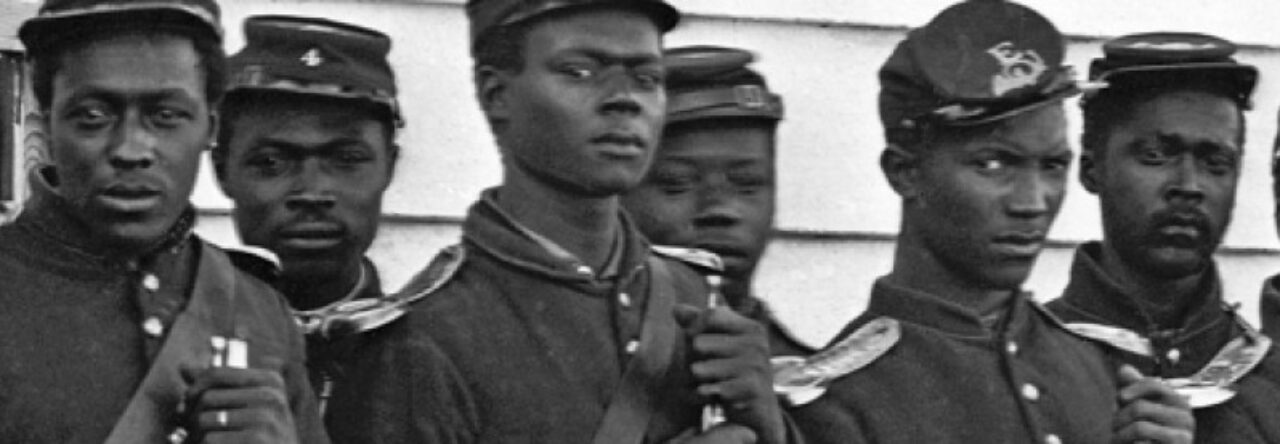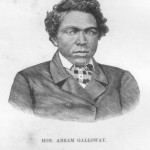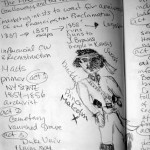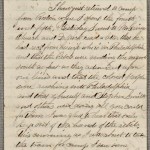I wonder how dreadful it must have been for Sam Wilkerson to write his story while sitting next to his dead son. Here was a journalist communicating with the most powerful medium available at the time. He illustrated courage and conviction by doing his job. Journalism was an endearing profession and during the Civil War. Citizens waited for the delivery of newspapers in apprehension.
While teaching the students about the Civil War, I believe we must remind them that newspapers were the medium of communication. Our students live in a world that has always had the internet. Society has changed from newspapers to social networking. Call me old fashioned, but I still get home delivery of newspapers. How long will printed news continue to survive? The number of newspapers and periodicals going out of business alarms me.
The following links share my concern:
http://www.businessweek.com/printer/articles/11158-confirming-wall-streets-misgivings-about-newspapers
http://www.newyorker.com/reporting/2008/03/31/080331fa_fact_alterman
I struggle with the social network! I made my first blog a few days ago, as a requirement for this course. My blog was only three paragraphs long and I was hoping that was’t too much. I thought blogs were supposed to be short, until I found out blogs can be long but “tweets” must be short. Who knew? And what is a “tweet” anyway? I miss the days of going to the library and searching the periodical index! There was nothing better than searching on microfilm and micro fiche!
What has happened to society? Too much. Too fast. I recently bought a “smart” phone that I don’t know how to use. I just learned how to “attach” an email five years ago. I guess you can say I am a little behind the curve.
I’ll give you my newspaper when you take it from my cold, dead hands.









